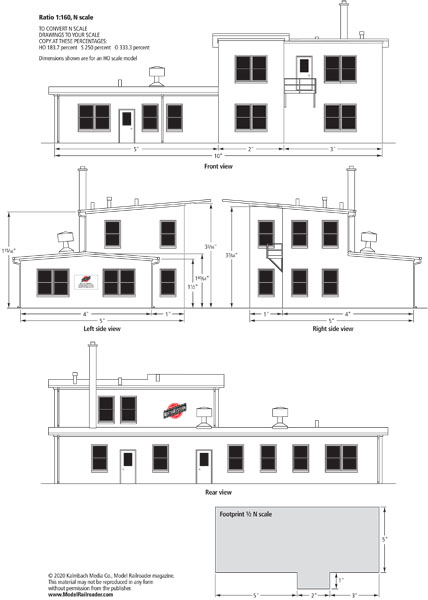
In the July 2020 Model Railroader, Group Technical Editor Cody Grivno shows how he scratchbuilt an HO scale model based on the Chicago & North Western yard office in Butler, Wis. See a PDF version of this by clicking here. […]
Read More…
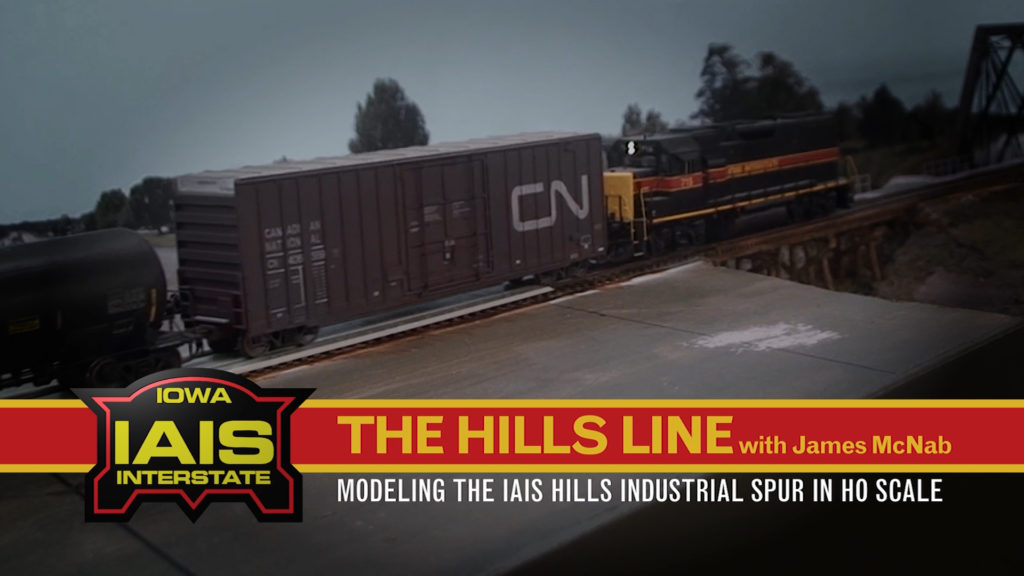
In this MRVP exclusive series from James McNab, you’ll get to see the start of an all-new HO scale layout. When a basement plumbing disaster forced the demolition of his established Grimes Lines, James seized the opportunity to create something new…and share his construction efforts of The Hills Line, a 12 x 22ft HO scale model […]
Read More…
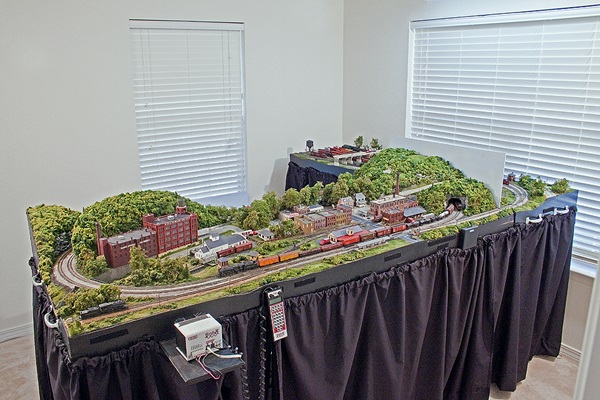
A version of this article appeared in Model Railroader’s special issue from 2018: Build a Small Railroad. Pursuing my hobby concurrently with my military career meant I needed a portable model railroad that could still suggest the scale and intensity of a gigantic prototype in an impossibly small space. I found what I needed in […]
Read More…
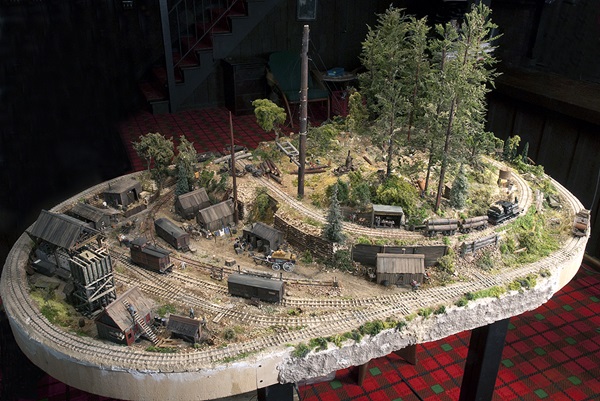
Modeling a narrow gauge railroad in a small space: Modeling a logging camp requires a variety of structures, trackwork, scenery, figures, and activities. The camp includes not only loggers involved in different pursuits, but also woodchoppers, a laundress, checkers players, engineers and mechanics, stable hands and horses, bears, garbage cans, railroad materials, and more, surrounded […]
Read More…
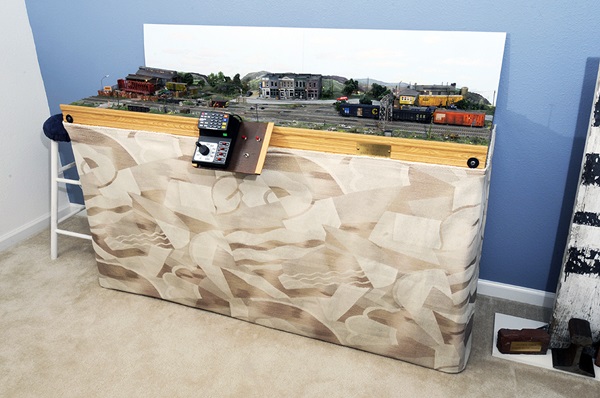
A version of this article appeared in Model Railroader’s special issue from 2018: Build a Small Railroad. In today’s world of trains, big 6-axle locomotives, and flashing red lights replacing cabooses, it’s comforting to know that spotting a single boxcar at a warehouse is still an integral part of railroading. Designing the module As I […]
Read More…
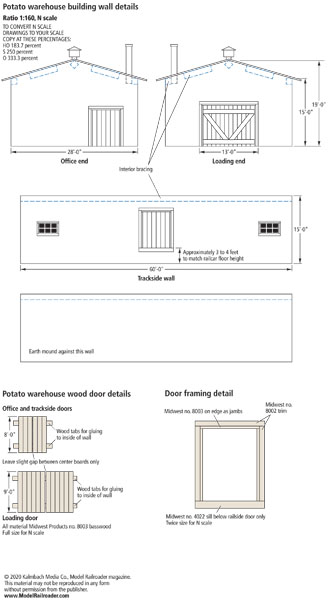
Steve Miazga describes how he built a potato warehouse, including modeling mortar rubble walls, for his N scale layout in the July 2020 Model Railroader. See a PDF version of this by clicking here. […]
Read More…

David Popp Nothing says “impressive” quite like a rugged mountain range full of jagged rock faces. Though mountains appear solid to us, many are just individual layers of rocks, stacked one on top of another. If you keep this idea in mind, then adding impressive rock features to your layout isn’t a difficult task. Whether […]
Read More…
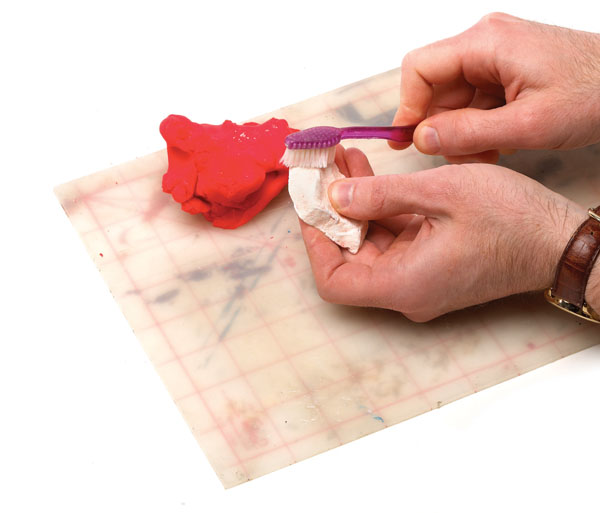
Use this quick tip to make custom rock molds for realistic model railroad scenery Want to make unique rock castings? Here’s an interesting method that was featured in the March 2002 Classic Toy Trains. Play-Doh, a children’s modeling toy, is a great one-time-use mold-making material. It’s water-soluble, easy to work with, and reproduces crisp details […]
Read More…

This three-rail track incorporates two different gauges—0 gauge and 1-gauge. Trains in 16mm-scale (1:19) and 15mm-scale (1:20.3) are equally at home on these rails. Marc Horovitz Download the PDF here. Let’s look at the various scales available and list their characteristics, with an eye to finding their advantages and disadvantages. As mentioned above, the thing […]
Read More…
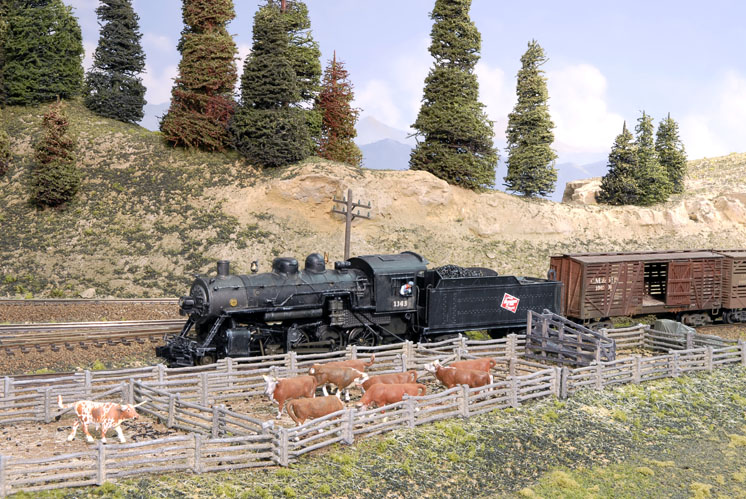
Most N scale bovines offered by figure manufacturers are milk cows, but the Montana cattle industry requires steers and bulls, too. Dan Lewis uses wire and Microscale Kristal Kleer to turn cows into bulls, as well as to model longhorns, on his N scale Milwaukee Road North Montana Line. One problem I encountered with commercially […]
Read More…
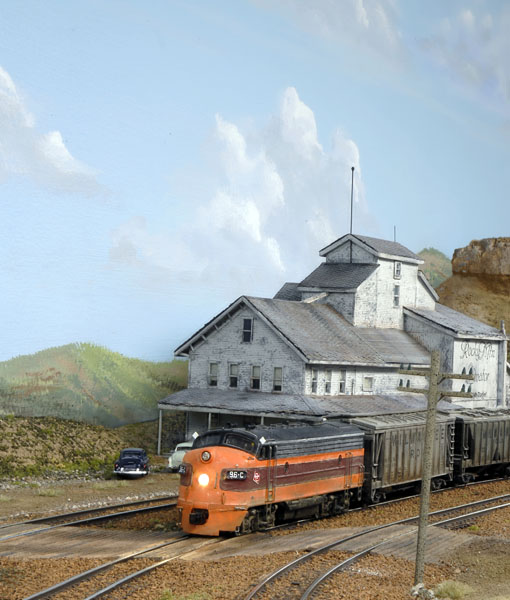
A feature one doesn’t see modeled very often is white extra flags. On a line like the North Montana that hosted mostly time freights, extra trains carrying livestock and grain were seasonal. Extra flags can be easily made from .008″ brass wire and small squares cut from white tissue paper. After gluing the flags onto […]
Read More…
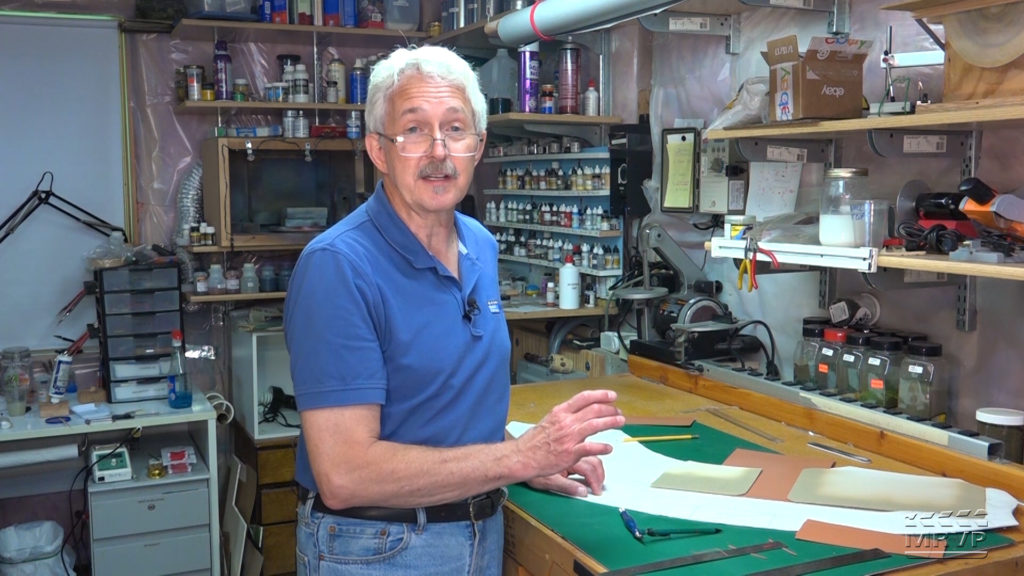
Having trouble viewing this video? Please visit our Video FAQ page Gerry Leone is back on the streets again. In this episode, he shares how to scribe cracks into concrete roads; apply a realistic, aged concrete color; include brick pavement; and add a dirt alley between buildings. […]
Read More…












